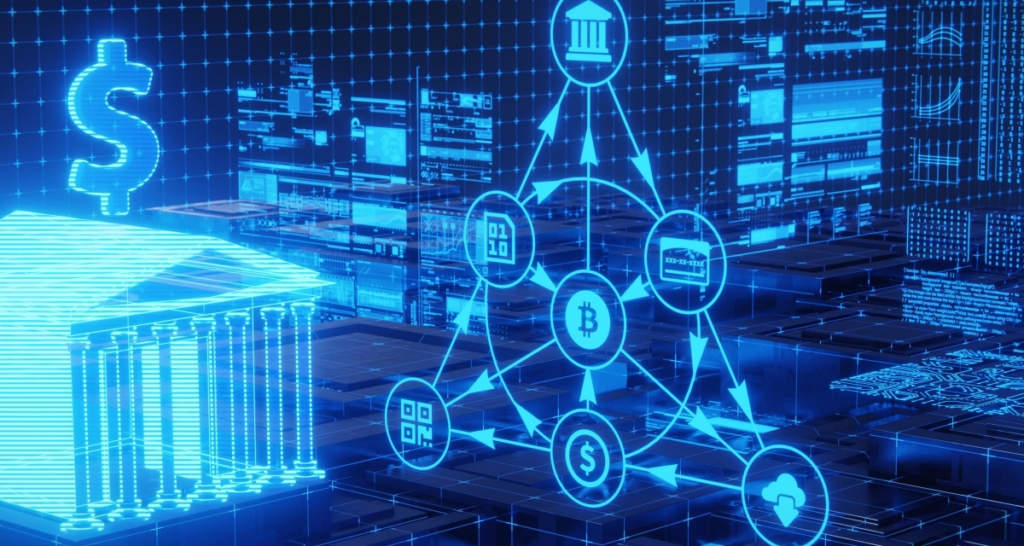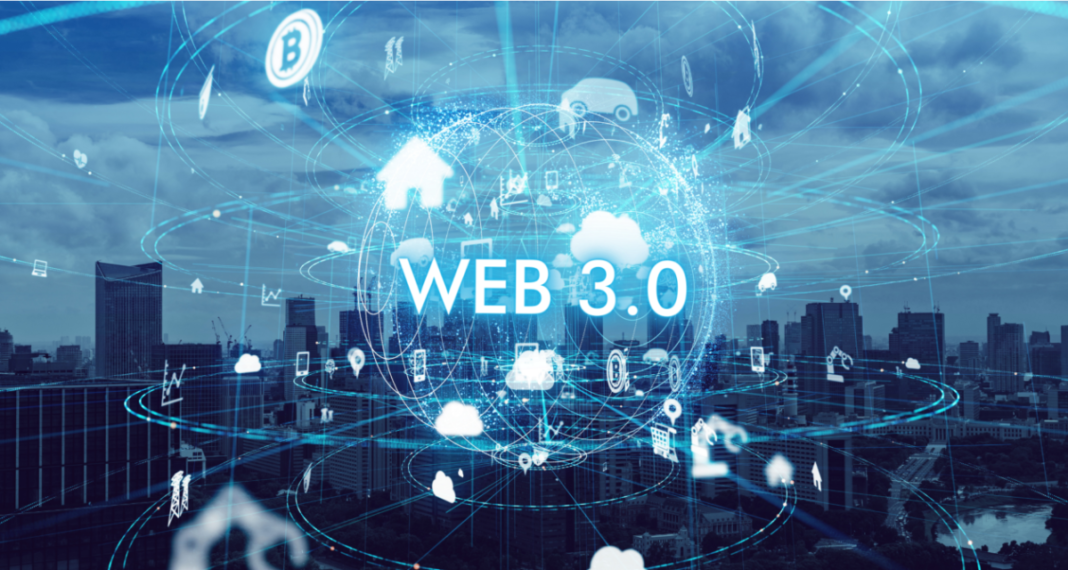Introduction: Embracing the Evolution of the Internet
The internet has come a long way since its inception. From the static web pages of the early days to the dynamic and interactive websites we have today, the evolution of the internet has revolutionized the way we live, work, and connect with others. And now, a new paradigm shift is on the horizon, bringing with it the potential for even greater innovation and possibilities. Enter Web3, the next generation of the internet.
What is Web3?
Web3, short for Web 3.0, refers to a decentralized and user-centric version of the internet that aims to address the limitations and challenges of its predecessor, Web 2.0. In Web3, the power and control over data, identity, and digital assets are shifted from centralized authorities to individuals, empowering users with greater privacy, security, and ownership.
The Key Characteristics of Web3
Web3 is characterized by several key features that distinguish it from its predecessors:
- Decentralization: Unlike Web 2.0, where power and control are concentrated in the hands of a few centralized entities, Web3 is built on decentralized systems, such as blockchain technology, that enable distributed decision-making and governance.
- User Empowerment: Web3 places a strong emphasis on user sovereignty, giving individuals more control over their data, digital identity, and online interactions. Users have the ability to manage and monetize their own data, creating a more equitable online ecosystem.
- Interoperability: Web3 promotes interoperability between different platforms and applications, allowing users to seamlessly navigate and interact with various services and protocols. This fosters innovation and collaboration across the internet.
- Privacy and Security: Web3 leverages cryptographic technologies to enhance privacy and security, protecting user data from unauthorized access and ensuring the integrity of transactions and interactions.
The Technologies Enabling Web3
Several technologies form the foundation of Web3, enabling its decentralized and user-centric nature:
- Blockchain: Blockchain technology is at the core of Web3, providing a transparent and immutable ledger for recording transactions and interactions. It ensures trust and security in decentralized systems.
- Smart Contracts: Smart contracts are self-executing contracts with predefined rules encoded on the blockchain. They enable automated and secure transactions, removing the need for intermediaries.
- Cryptocurrencies: Cryptocurrencies, such as Bitcoin and Ethereum, play a vital role in Web3 by facilitating peer-to-peer transactions and incentivizing network participants through token economies.
- Distributed Storage: Web3 relies on distributed storage systems, such as IPFS (InterPlanetary File System), to store data in a decentralized and censorship-resistant manner.
- Identity Solutions: Web3 introduces decentralized identity solutions, allowing individuals to have full control over their digital identities and selectively disclose information.
The Implications of Web3
Web3 holds immense promise for transforming various industries and aspects of our lives. Let’s explore some of the implications of this next-generation internet:

1. Democratization of Finance
With Web3, traditional financial systems are being disrupted. Decentralized finance (DeFi) applications built on blockchain technology enable peer-to-peer lending, decentralized exchanges, and other financial services without the need for intermediaries. This opens up new opportunities for individuals around the world to access financial services and participate in the global economy.
2. Enhanced Privacy and Security
Web3 prioritizes user privacy and security by design. With cryptographic protocols and decentralized storage, individuals have greater control over their personal data, reducing the risk of data breaches and unauthorized access. This shift towards user-centric privacy empowers individuals and fosters a more trustworthy online environment.
3. Ownership and Control of Digital Assets
In Web3, individuals have true ownership and control over their digital assets. Through non-fungible tokens (NFTs), users can tokenize and trade unique digital assets, such as art, music, and virtual real estate. This unlocks new avenues for creators to monetize their work and provides collectors with verifiable ownership of digital items.
4. Transparent and Trustworthy Systems
Web3’s decentralized nature brings transparency and trust to various systems. Blockchain-based supply chain solutions enable end-to-end traceability, reducing fraud and counterfeiting. Decentralized governance models foster inclusive decision-making processes, giving stakeholders a voice in the development and evolution of platforms and protocols.
5. New Models of Social Interaction
Web3 introduces novel models of social interaction and collaboration. Decentralized social networks and virtual worlds enable users to connect, create, and share in a more decentralized and user-centric manner. This shift has the potential to reshape online communities and redefine social norms in the digital realm.
Conclusion: Embracing the Web3 Revolution
Web3 represents a paradigm shift in the evolution of the internet, ushering in a decentralized and user-centric era. With its promise of enhanced privacy, user control, and transparency, Web3 has the potential to reshape industries, empower individuals, and create a more equitable and inclusive digital world. Embrace the Web3 revolution and join the journey towards a decentralized future.
FAQs About Web3
1. What are the benefits of Web3?
Web3 offers several benefits, including enhanced privacy and security, user control over data and digital assets, decentralized finance opportunities, transparent systems, and new models of social interaction. It empowers individuals, fosters innovation, and creates a more equitable and inclusive internet.
2. Is Web3 the same as blockchain?
While blockchain is a crucial component of Web3, Web3 encompasses a broader vision of the next-generation internet. Web3 incorporates various technologies, including blockchain, smart contracts, cryptocurrencies, and distributed storage, to create a decentralized and user-centric ecosystem.
3. How does Web3 impact traditional industries?
Web3 has the potential to disrupt traditional industries, such as finance, supply chain management, art, and social media. It introduces new business models, removes intermediaries, and empowers individuals with greater control over their digital lives.
4. What challenges does Web3 face?
Web3 faces challenges in terms of scalability, usability, and regulatory frameworks. Overcoming these challenges requires ongoing innovation, collaboration between industry stakeholders, and the development of user-friendly solutions.
5. How can individuals get involved in Web3?
Individuals can get involved in Web3 by exploring decentralized applications (dApps) and participating in blockchain networks. They can educate themselves about the underlying technologies, contribute to open-source projects, and engage with the Web3 community through forums, conferences, and social media.
6. What is the future of Web3?
The future of Web3 is bright and full of possibilities. As the technology continues to evolve, we can expect to see widespread adoption of decentralized applications, advancements in privacy and security solutions, increased integration with real-world systems, and the emergence of new business models and economic paradigms.


